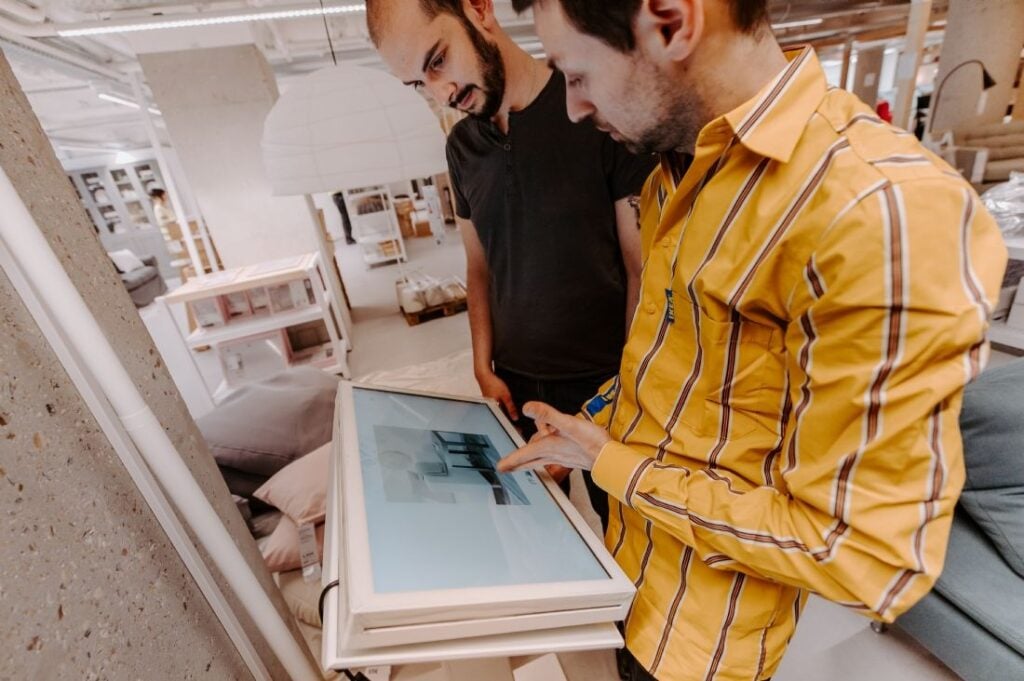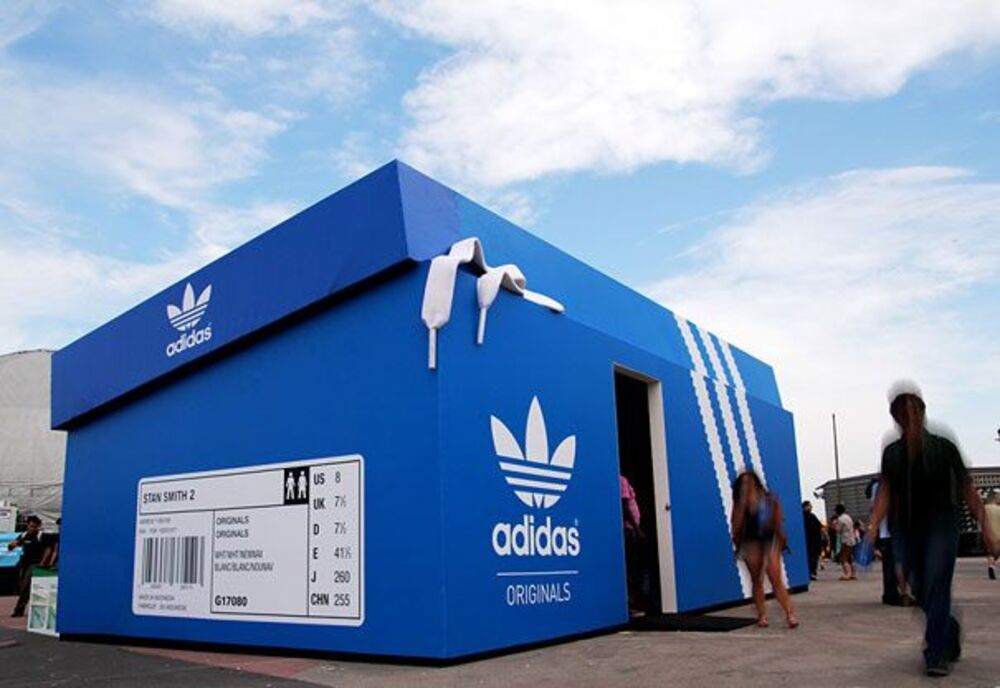3 inspiring examples of phygital experiences
Resources
Despite living in a world which largely revolves around the internet, many clients miss the interaction with sellers and the personalised service you can get in a shop, and consumers are not yet ready to give it up. When facing these conflicting desires, phygital marketing can be applied day to day to try to bring together the best of e-commerce and in-store shopping.
Using a phygital strategy allows you to combine the online and offline experience for your consumer so that they can go easily from one to the other and you can ensure that the purchase journey of a product or service is not disrupted. Let’s take a look at a few inspiring, real-life examples of phygital experiences and how they can propel your customer experience.
What is phygital?
The term “phygital” is a fusion of the words “physical” and “digital” to describe a marketing strategy which is a mixture of digital experiences and physical experiences. Phygital experiences can offer added value by improving customer experience in in-store sales outlets complemented by human connections or physical improvements. Businesses are trying to make their various channels function together seamlessly and transparently. For example, people can ring up on the phone, then communicate on social media platforms, then send an email, without the company losing track of the communication or data collected about the client.
Combine the best of physical and digital, that is the goal of a phygital experience marketing strategy. It is not necessarily about going 100% physical or opting for an exclusively digital experience. A phygital strategy aims to bridge the gap with the physical world by integrating the data and methods from the digital world. You must take into consideration the customer experience journey to guarantee the success of your gamified phygital strategy that brands and shops want to put in place.
The goal is to bring the best elements of the in-store client experience to the digital realm and vice versa to offer unique, proactive services thanks to games. By digitising their sales outlet, the merchant is trying to optimise the efficiency of their business strategy and attract new clients.
1. Marketing games and in-store client experience

Interactive online terminals are tools that can be found in various shops and department stores such as IKEA and are a perfect example of phygital in action. Even if a client finds themselves in a physical store, some of them still prefer the speed and convenience of a digital interface to look at a product catalogue, guide them through their purchases or sign up to a subcription. For this type of client, it is more practical to be able to see your catalogue, create an account or even place an order instantly in a few clicks of the touchscreen.
As part of a project for a theme park, it is quite possible to set up a games programme to bring a new phygital experience to life for visitors, corresponding to the attractions. Send different messages, exclusive offers and inite visitors and players to discover the park’s history by creating a full journey at the heart of the park. For this gamification project, touchscreen terminals can be set up inside all the shops to invite the visitors of the day to play by scanning a QR code or filling out a form, which send participants straight to your mobile game.
With their help, you give them access to a simple instant winner competition, such as a wheel of fortune, to win discounts or a promo code to redeem in store or make a purchase in the park on that day. In this way you will ensure the customer interacts with various sales outlets in the park, the attractions and the staff, with different gifts and potential discounts on an in-store purchase at the heart of it. Gamification helps with its fun approach to engaging participants with marketing games and boosting sales and therefore sales revenue.
2. Street marketing and instant winner games
Gamification is one of the latest innovations likely to affect music festivals. The use of game mechanisms to encourage participant engagement in an event during street marketing operations allows you to generate increased traffic. These interactions used in the right place and at the right time are known to engage clients in a predictive way and respond to their needs or offer them enticing purchase opportunities.
Asking festival goers to complete a series of tasks on the event website allows event organisers to push visitor traffic to specific places on the website (potentially linked to sponsors or vendors). Equip vendors and various shop owners with digital tools such as tablets or smartphones to collect participant data through a form directly integrated into Drimify games. Or you could even organise a photo competition that will allow you to draw out participants’ creative spirit by sharing photos of different concerts and artists. This can help to promote less well-known artists and divide the audience between various stages and zones of the event.
As well as increasing engagement with participants, this street marketing operation based on gamification will make the festival even more memorable. With a multi-day gamified event, you can share the leaderboard at the end of the festival and announce the results of the live prize draw with rewards and goodies for the winners. This multiplies the number of participants and increases the volume of data collected, offering even more opportunities for marketing and communication after the event.
3. Attract visitors to the event

Temporary booths or pop-up stores in fairs, exhibitions or networking events are an excellent way to make connections with your audience. These experiences, which are becoming more and more popular, are particularly useful for creating excitement around a promotion or before the launch of a product. Let’s take a chain of sports shops, for example, that wish to create an event during the presentation of a new range of footwear. With a gamified events programme and the creation of a phygital experience, they were initially able to rally the guests, customers and prospective customers to play online during the first phase of the game, communicating information about the event and new products via: social media, their website, a newsletter etc.
Important information to gather was the invitation to the physical event, by giving participants a time slot to go to their stand. The second step of the game encourages participation to try to win prizes. The stores can not only generate traffic, engage and attract more participants to their event for a product launch, but they can also use the marketing game as a tool to collect and analyse data to get to know their audience better.
Do you want to boost your digital presence, or are you wondering what steps you can take to spice up your business’ marketing and event planning? Drimify’s expert team supports you in your projects from gamification and marketing games to setting up your phygital strategy.
Want to know more?


![[Job] SEO Copywriter](https://static.drimify.com/wp-content/uploads/2015/08/job-offer-seo-800x400.jpg?110924)


